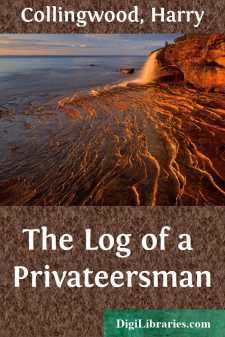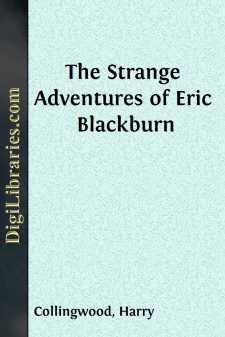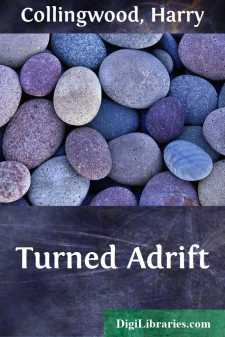Categories
- Antiques & Collectibles 13
- Architecture 36
- Art 48
- Bibles 22
- Biography & Autobiography 813
- Body, Mind & Spirit 142
- Business & Economics 28
- Children's Books 17
- Children's Fiction 14
- Computers 4
- Cooking 94
- Crafts & Hobbies 4
- Drama 346
- Education 46
- Family & Relationships 57
- Fiction 11829
- Games 19
- Gardening 17
- Health & Fitness 34
- History 1377
- House & Home 1
- Humor 147
- Juvenile Fiction 1873
- Juvenile Nonfiction 202
- Language Arts & Disciplines 88
- Law 16
- Literary Collections 686
- Literary Criticism 179
- Mathematics 13
- Medical 41
- Music 40
- Nature 179
- Non-Classifiable 1768
- Performing Arts 7
- Periodicals 1453
- Philosophy 64
- Photography 2
- Poetry 896
- Political Science 203
- Psychology 42
- Reference 154
- Religion 513
- Science 126
- Self-Help 84
- Social Science 81
- Sports & Recreation 34
- Study Aids 3
- Technology & Engineering 59
- Transportation 23
- Travel 463
- True Crime 29
The Voyage of the Aurora
Categories:
Description:
Excerpt
Chapter One.
Introduces Lucy Walford.
Those who have ever had occasion to reside for any length of time in Gosport are sure to be more or less acquainted with the little village of Alverstoke; because it lies near at hand, and the road leading thereto forms one of the most pleasant walks in the neighbourhood.
But it may be that there are those, into whose hands this book will fall, who have never so much as heard the name of the place. For their benefit, then, it may be worth while to state that Alverstoke is pleasantly situated at a distance of about one mile from the above-mentioned town of Gosport, and within half a mile of the waters of the Solent.
It is a very unimportant little place at the present day: it was even more so in the year 17—, the year in which this veracious history opens. It was unimportant, that is to say, in a general sense; the public knew very little about it, and cared still less; but in a particular sense, and to the officers of His Majesty’s Customs, it was a very important place indeed, inasmuch as the inhabitants, animated by a spirit of enterprise and a love of adventure not to be satisfied by such very ordinary and humdrum pursuits as those of fishing and market-gardening, had, almost to a man—to say nothing of the women and children—added thereto the illegal but lucrative and exciting occupation of smuggling; to the great loss and damage of the king’s revenues.
The village consisted, at that time, of a single short, narrow street with a bend in the middle of it. Nearly one half of the north side of this street was occupied by the churchyard and church; the remaining portion, as well as the opposite side of the way, being composed of small low, two-story cottages with thatched roofs (and most of them having little projecting dormer-windows), a couple of public-houses, and a small grocery establishment.
This constituted the village proper; but a little aloof from it—being in it but not of it, as it were—there were in all perhaps half a dozen residences of a somewhat more pretentious kind. There was the rectory, for instance, on the opposite side of the road, eastward of the church, built in the very centre of its extensive garden, and snugly surrounded on all sides by high stone walls. Then there was Stoke House, near the rectory, standing well back from the road, embowered in trees, and with a carriage-drive running straight up through its beautiful rose-garden to the front door. Nearer the beach, and on the opposite side of the valley, was “Verbena Cottage,” the abode of Lieutenant Bobus, in command of the coast-guard; and still nearer the beach, some ten or a dozen yards back from the road, enclosed within a neat paling, sheltered by lofty trees, with a lovely flower-garden in front and an extensive fruit and kitchen-garden in the rear, stood “Sea View,” a small but well-built house, in which resided the relict and daughter of the late “Cap’n” Walford.
The late “Cap’n” Walford had been a wonderfully popular man in his day; and his memory was greatly esteemed and revered by the villagers....












